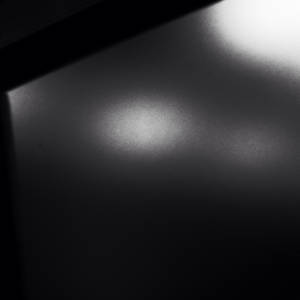Wide field camera: frame 2
Again, no timestamps survive. This image however shows no sign of motion blur and thus was presumably taken after landing, but before the camera arm had moved from its initial downward-facing position.
Again spectral analysis of the image indicates that this it could not have been made on Earth. More curiously it seems that the light that illuminated this scene is not compatible with the light from our Sun. While it is not yet conclusive it appears that the scene was illuminated by two distinct black-body sources: a dominant one which is significantly redder, and thus cooler, than our Sun, and a much lower intensity one which is much bluer. The only conclusion is that this is a photograph of a the surface of a planet which is part of a binary star system.
These conclusions are not yet certain – perhaps they never will be certain – but if borne out by later evidence this would indicate that the sixth mission, although it did not return, succeeded in all its objectives: not only the public ones, but also the investigation of the curious anomalies found in orbit around Jupiter seems to have shown that the conclusions – formerly regarded as extremely speculative at best – drawn as to their exact nature were correct.
It is obvious from this image that water is, or at least was formerly, present in this environment. Investigation of the images of the material in the cracks between the dried plates yields some tentative but astonishing results: these are clearer in later images.

Comments
Sign in or get an account to comment.


